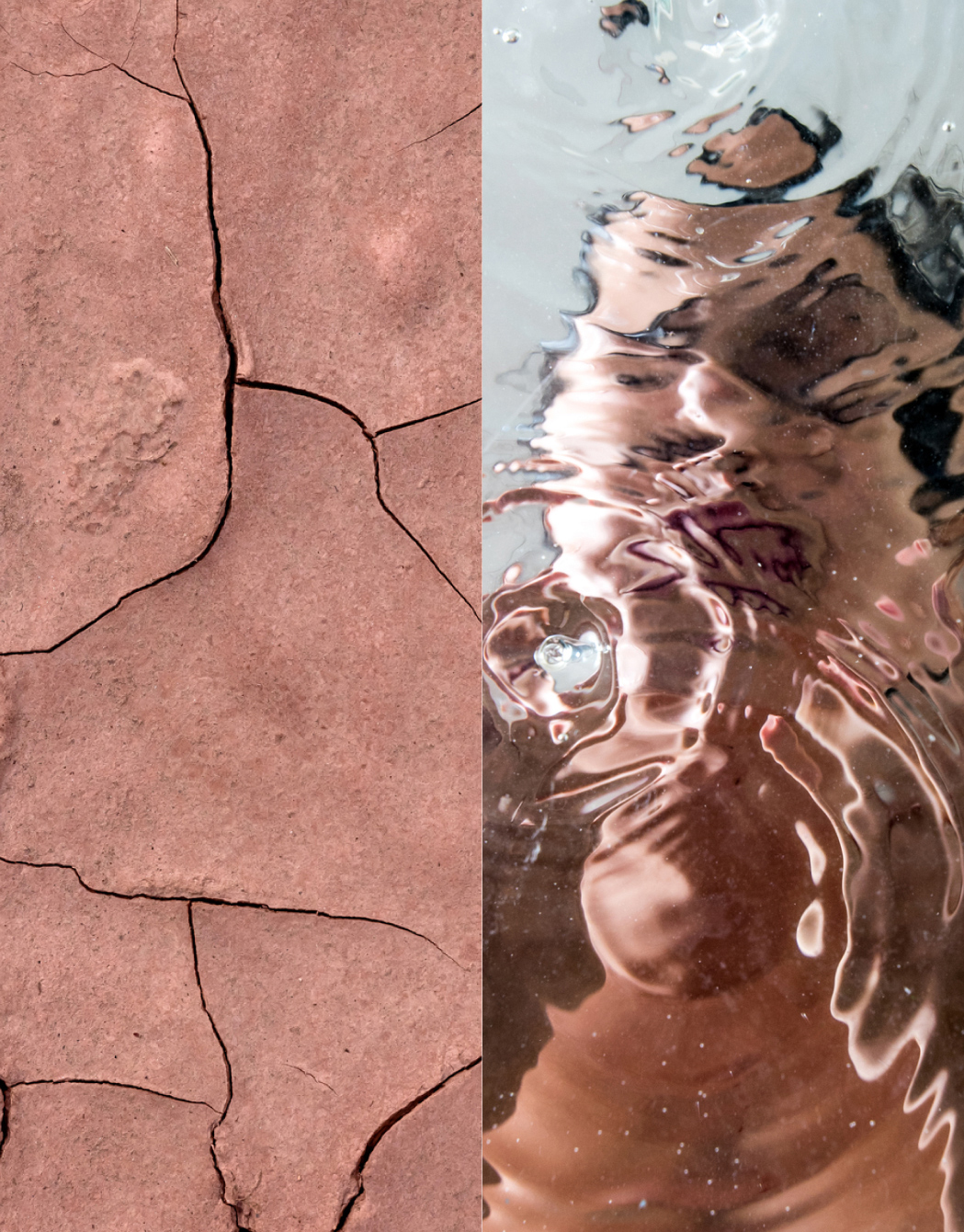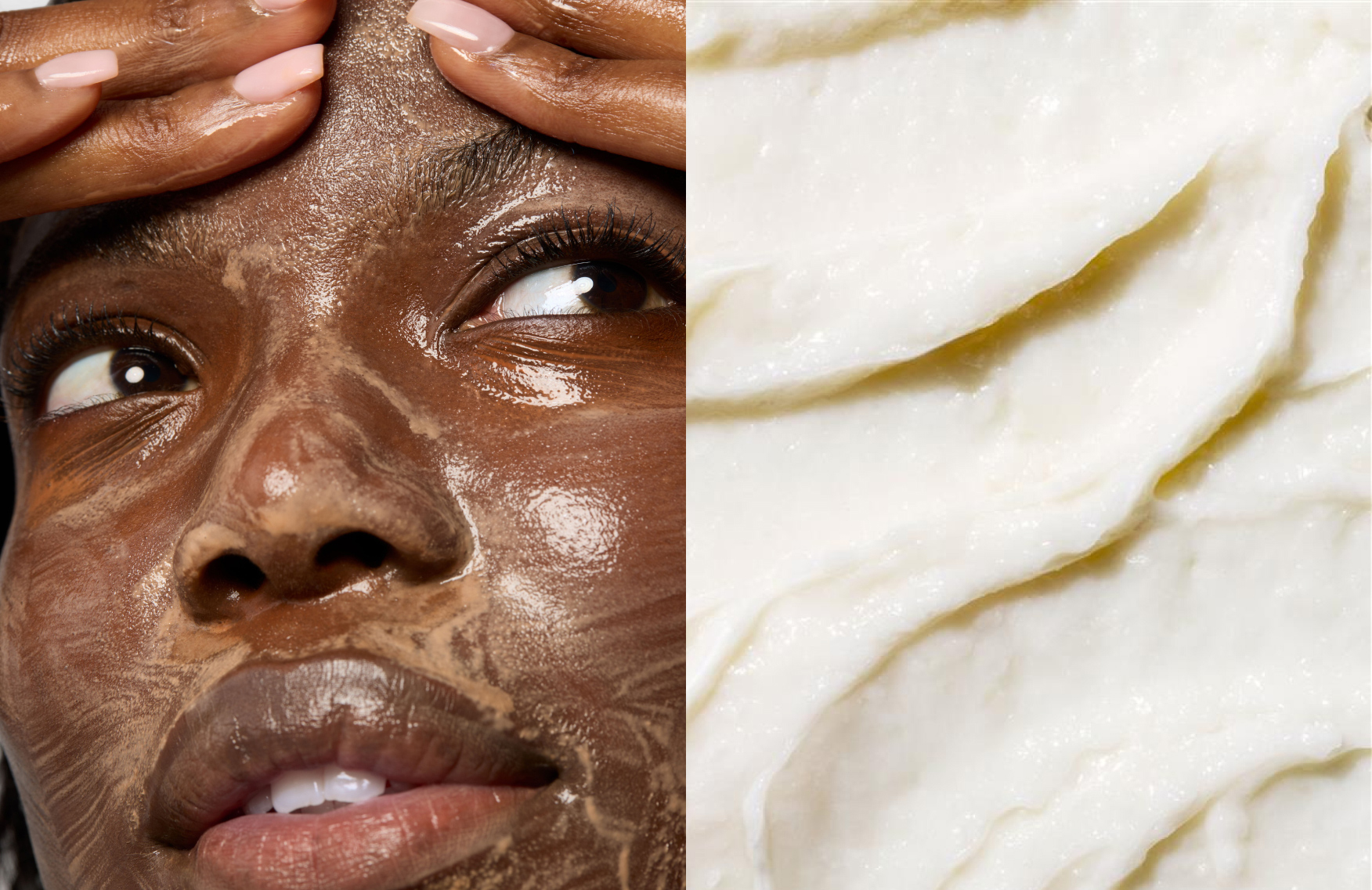Part 2, Clinical Skincare Series: What makes a formula ‘clinical grade’? 5 things to consider next time you shop

Note from the brand: As a clinical skincare brand, we often get the question: “What does being ‘clinical’ actually mean?” We hope this content series is helpful for a better understanding of clinical skincare.
You’re about to hit “add to cart,” but are conflicted: Why do these two products I want feature the same main ingredient, but with different price points? There are reasons for that—here, an expert cosmetic chemist and a seasoned product developer lay out 5 key considerations for skincare shoppers when it comes to ingredients, formulations and what it means to be “clinical grade.”
Products that call out high percentages of a particular ingredient can pack an impressive punch. Vanessa Thomas, a cosmetic chemist and founder of Freelance Formulations, says that ingredient percentages do play a role in how well a product works, but equally important is the “quality, purity and ability of the ingredients—for a product to work, its ingredients must have the ability to penetrate skin.” That means pairing heroes (like vitamin C) with exfoliants (like glycolic acid), which clear away dead cells so the hero ingredients can make the greatest impact.
Andrew Koenig, Murad’s VP of research & development, adds that clinical brands consider “the synergy of all ingredients working together to deliver proven results in clinical trials.” In other words, if a product’s “recipe” doesn’t easily allow for your skin to receive ingredients like vitamin C properly, the product may not be as efficacious as it can be, regardless of the ingredient percentage.
Ingredients in the hands of master chefs (vs. apprentices) will yield much different results, just like skilled chemists can often use proprietary technologies and advanced techniques to craft the most efficacious, sensorially sophisticated formulas. Thomas notes that chemists who concoct clinical-grade formulas are always conscious of “making the ingredients mix and ensuring that they have the ability to penetrate skin, so the products are better absorbed.”
Hero ingredients like retinol are typically blended with a base for a high-quality sensory experience when applying a product. “Formulators can choose to develop a more cost-effective base,” Koenig says, “or a base that can also do some heavy lifting to help a product’s overall efficacy to give you multiple benefits from one product.” He cites squalane as an example: While one chemist may choose a less expensive emollient, another may opt for a more expensive emollient like squalane that’s a “little bit more sophisticated and elegant, while also tapping into an additional barrier repair and wrinkle reduction benefit.”
Thomas further elaborates: “Clinical products are formulas built from the ground up with the intent of delivering efficacy and a sensorial experience. From the moment a consumer feels the product, they should have an emotional response that delivers a message of high performance. That comes from a formula as a whole—it’s about the entire experience for a product to feel substantial.”
Are ingredient lists the end-all-be-all of what’s in the formula? Not necessarily, Koenig says: “Many clinical-grade brands are committed to ingredient transparency throughout the supply chain, and that means deep-diving into the raw materials—the building blocks that come together to create the final ingredient—which can expose potential ingredient weaknesses.” By truly examining where the final ingredients come from, skilled chemists can have a greater impact on how product recipes should be crafted to produce the best possible results.
Proof of skin-benefit claims is typically requisite for clinical brands. “Many clinical-grade products that claim a benefit or say they solve a skin concern problem must undergo clinical trials to prove efficacy, before they’re even allowed to go to market,” Thomas notes (more on that here). In addition to efficacy tests, there are also stability tests, which use extreme heat and other severe environments to monitor product degradation and establish a product’s shelf life.
Whew. That’s a lot to consider next time you shop. But in the vast—and often confusing—world of skincare, being armed with more info is better than blindly adding to cart.
More about clinical skincare here:


